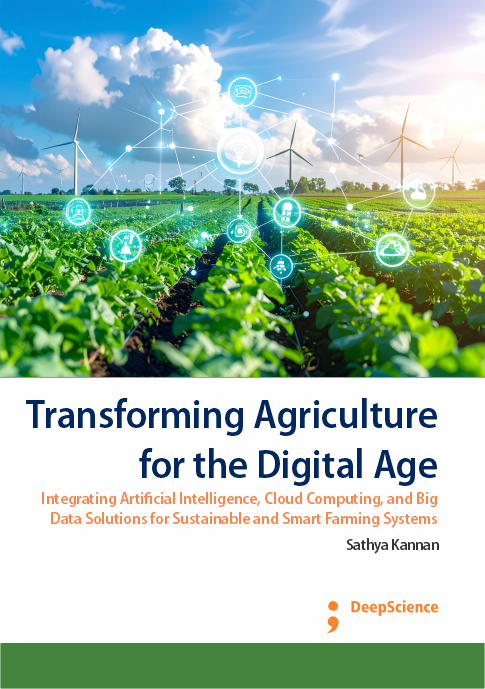Applying big data analytics to optimize resource use and boost farm efficiency
Synopsis
The accelerated development of science and technology has raised people's living standards, but the rise in human population and corresponding increase in demand for food continues to be a major challenge. Agriculture is not only able to meet the food needs of the population, it is also important for economic development, especially in developing countries. However, ordinary farm production is limited in many aspects, such as measurement of production, varieties, cultivation techniques and management deficiency. Therefore, farm yield is often uncoupled from resource input, or even worsened. Massive amounts of agricultural data have emerged due to advanced technology and instrumentation, which present an excellent solution for improving farm productivity. Big data can be described with three characteristics: volume, velocity and variety. Data volume is growing at such rapid rates that it is becoming increasingly difficult to manage within traditional database environments (Kamilaris & Prenafeta-Boldú, 2018; Liakos et al., 2018; Klerkx et al., 2019). Data of many types is being generated at an increasing velocity. Various cloud services and databases have emerged and been utilized to address a plethora of typical, individual problems. Data contains variety, which reflects in its heterogeneous nature, such as open data, remote sensing data, and cloud data. Analysis of Big Data offers the potential to explore hidden patterns in data in revealing new knowledge and using new technology to improve applications. Big Data generally describes data that moves quickly, comes in deep volume, and is available in a wide variety of forms, from raw data to curated data products, and can provide novel insights when correctly analyzed and non-trivially processed. Understanding or optimizing such systems is now one of the grand challenges that science and industry face, yet are circumventing specialized tools or statistical induction. Data science, at the intersection of mathematics, statistics, computer science, and domain area expertise, has emerged as a new field. Big Data are characterized by great volume, velocity, variety, and low value density.













